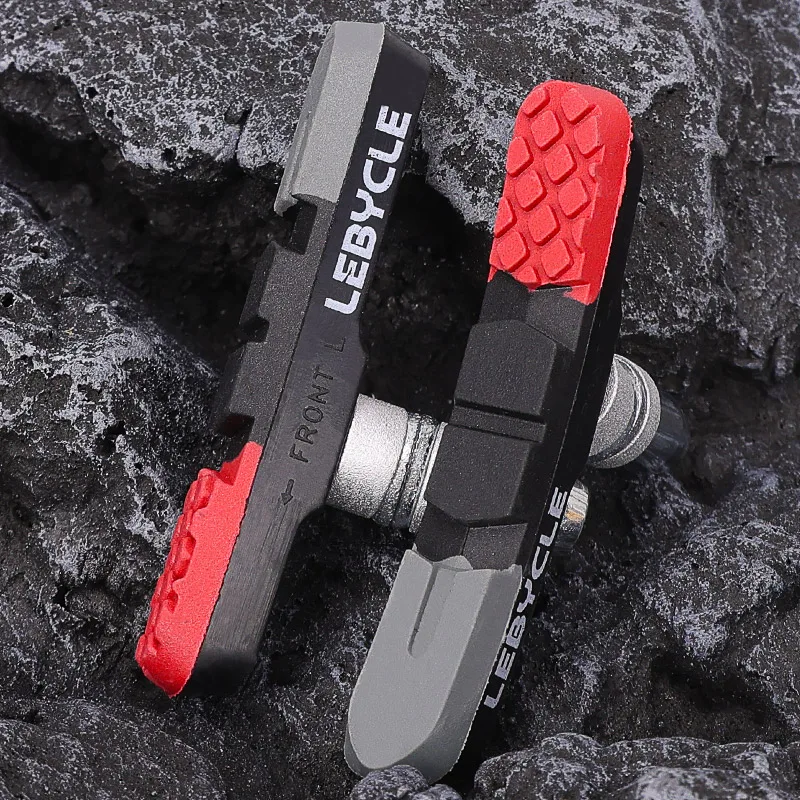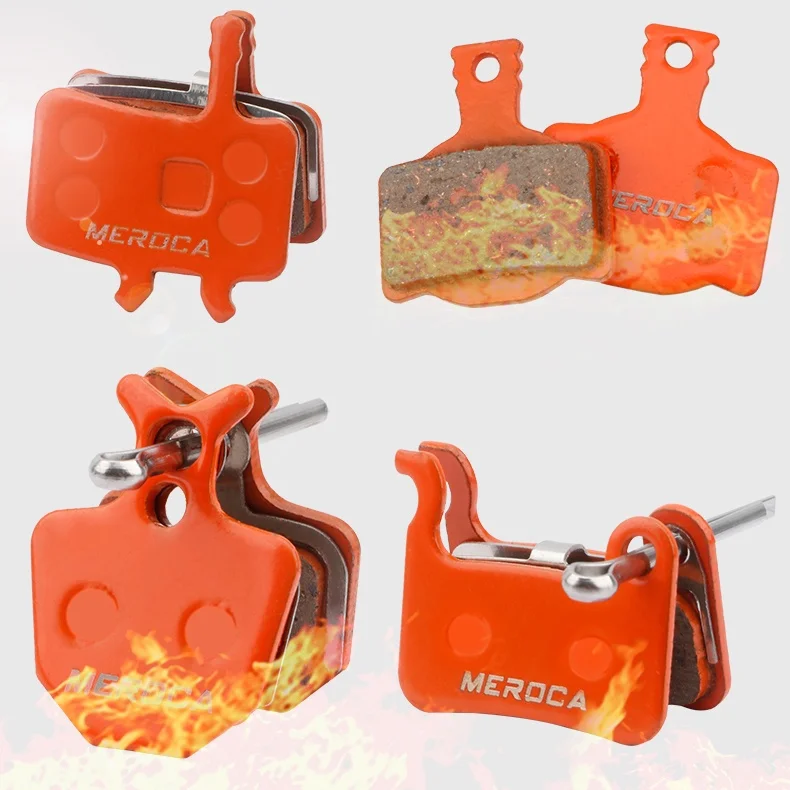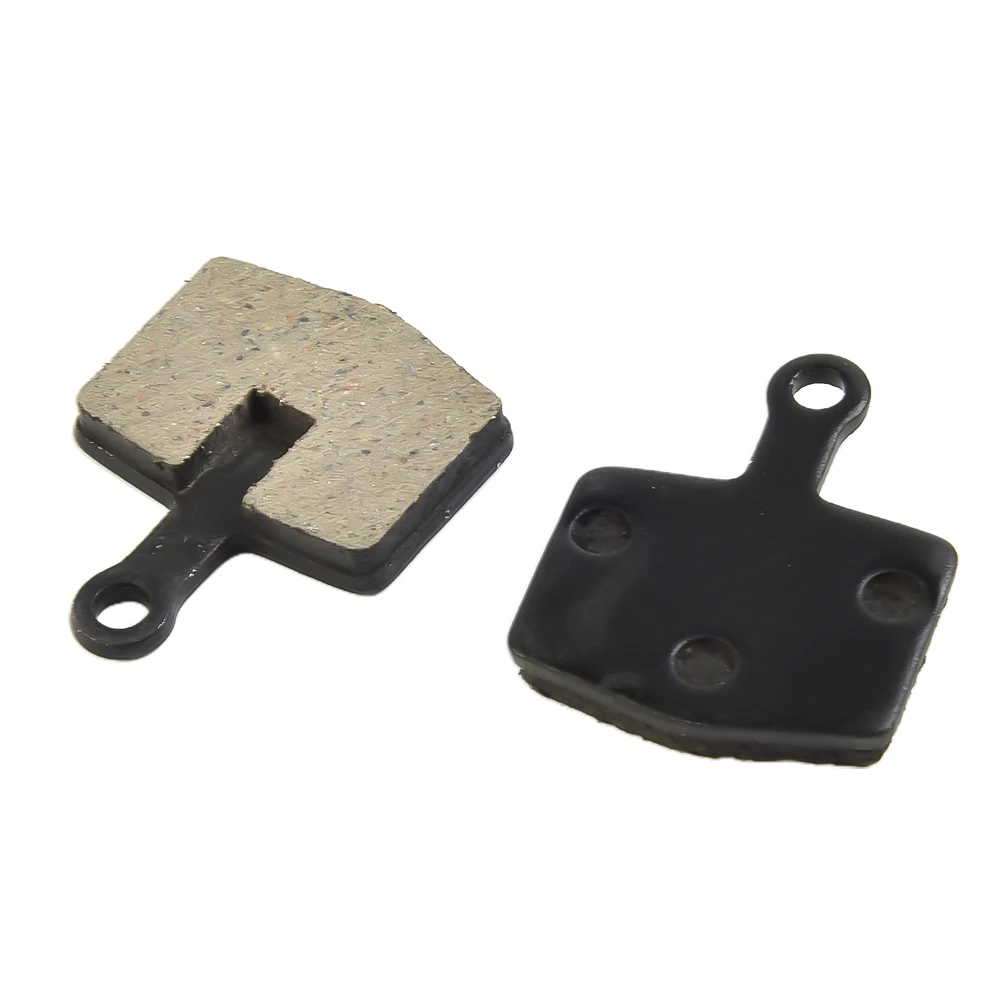I. Introduction
A. The Vital Role of Bicycle Brake Pads
Bicycle brake pads play a crucial role in ensuring the safety and efficiency of your bike’s braking system. Without high-quality brake pads, you may experience unreliable stopping power, increased wear on your rims or rotors, and poor performance in various weather conditions. Therefore, understanding the function and importance of brake pads is essential for any cyclist.
B. Overview of the Article
In this article, we will delve deeper into the world of bicycle brake pads. We will explore their function in providing reliable stopping power and minimizing wear on your bike’s rims or rotors. Additionally, we will discuss the different types of brake pads available on the market, such as organic, semi-metallic, and metallic brake pads. Lastly, we will consider the various factors to consider when choosing brake pads, including compatibility with different brake systems and performance characteristics to evaluate.
II. Understanding Bicycle Brake Pads
A. Function and Importance of Brake Pads
- Ensuring Reliable Stopping Power
The primary function of brake pads is to provide the friction necessary to stop your bike when you apply the brakes. They work by pressing against the rims in rim brake systems or against the rotors in disc brake systems. A high-quality brake pad will offer consistent and reliable stopping power, allowing you to control your bike’s speed and come to a complete stop quickly and safely.
- Minimizing Wear on Rims or Rotors
Alongside providing stopping power, brake pads also play a vital role in minimizing wear on your bike’s rims or rotors. When the brake pads press against the rims or rotors, friction is generated, which inevitably wears them down over time. However, by using appropriate brake pads and maintaining them properly, you can minimize this wear and prolong the lifespan of your bike’s braking system.
B. Types of Brake Pads

- Organic Brake Pads
Organic brake pads are made from a mixture of organic compounds, such as rubber, carbon, and Kevlar. They are known for their smooth and quiet braking performance, making them a popular choice for urban and recreational riders. However, they tend to wear out faster compared to other types of brake pads and may not perform well in wet conditions.
- Semi-metallic Brake Pads
Semi-metallic brake pads contain a blend of organic materials and metal fibers, such as steel or copper. This combination provides an excellent balance between stopping power, durability, and heat dissipation. Semi-metallic pads are a versatile option suitable for various cycling disciplines and weather conditions, although they may produce more noise and wear down the rims or rotors more quickly.
- Metallic Brake Pads
Metallic brake pads are composed primarily of metal particles, such as steel or iron, mixed with binding resins. They offer exceptional stopping power and are particularly favored by downhill and extreme mountain biking enthusiasts who require maximum braking performance. However, metallic brake pads produce more noise, wear down the rims or rotors faster, and require longer bed-in periods.
III. Factors to Consider When Choosing Brake Pads
A. Compatibility and Brake System Considerations
- Disc Brake Pads vs. Rim Brake Pads
Firstly, it is crucial to determine whether your bike utilizes a disc brake or rim brake system. Disc brake pads are designed to be used in conjunction with rotors, while rim brake pads are meant for braking surfaces on the wheel rims. These two types of brake systems require different brake pad designs, so it is essential to choose pads that are compatible with your specific braking system.
- Different Brake Pad Designs for Various Bicycle Types
Additionally, different bicycle types may require specialized brake pad designs. For example, road bikes often use narrow-profile brake pads, while mountain bikes may require pads with additional heat-dissipating features. Understanding the specific requirements of your bike and riding style will help you choose the most suitable brake pads for optimal performance.
B. Performance Characteristics to Evaluate
- Fading Resistance and Heat Dissipation
One crucial performance characteristic to consider is the brake pad’s ability to resist fading and dissipate heat effectively. Fading occurs when the brake pad’s friction material loses its effectiveness due to excessive heat buildup. By choosing pads with reliable heat dissipation properties, you can ensure consistent braking performance and minimize the risk of brake fade, particularly during long descents.
- Wet and Dry Braking Performance
Another important factor is the brake pad’s performance in wet and dry conditions. Some brake pads excel in dry weather but struggle to grip adequately when it’s raining or the braking surface is wet. If you regularly ride in wet conditions, it is essential to select brake pads specifically designed for enhanced wet braking performance to ensure your safety and control over the bike.
IV. Proper Maintenance of Bicycle Brake Pads

A. Regular Inspection and Cleaning
-
Signs of Wear and When to Replace Brake Pads
One of the most important aspects of maintaining bicycle brake pads is regularly inspecting them for signs of wear. Key indicators that it’s time to replace brake pads include:
a) Thin brake pad thickness: Check the brake pads’ thickness regularly and replace them if they are too thin, typically when they reach a thickness of 1mm or less.
b) Uneven pad wear: If the brake pads have uneven wear patterns, it is a sign of improper alignment or an issue with the braking system. In such cases, it’s essential to address the underlying problem before replacing the brake pads.
c) Glazed or hardened pads: Brake pads can become glazed or hardened over time due to heat buildup or contamination. These pads tend to have reduced stopping power and should be replaced.
-
Proper Cleaning Techniques
Keeping the brake pads clean is crucial for their optimal performance and longevity. Here are some effective cleaning techniques:
a) Remove the wheel: Start by removing the wheel from the bike to access the brake pads easily.
b) Wipe down the brake pads: Use a clean rag or cloth to wipe down the brake pads. Be careful not to introduce any chemicals or abrasive substances that could damage the pads.
c) Remove debris: Inspect the brake pads for any debris or particles. Use a fine-grit sandpaper or a brake pad cleaning tool to gently remove any stubborn dirt or grime.
d) Cleaning with rubbing alcohol: Moisten a clean cloth with rubbing alcohol and gently wipe the brake pads to remove any remaining contaminants. Remember to let the alcohol evaporate completely before reinstalling the wheel.
B. Correct Brake Pad Replacement

-
Step-by-step Guide to Replacing Brake Pads
When it’s time to replace the brake pads, follow these steps for a successful replacement:
a) Remove the old brake pads: Use a 5 mm Allen wrench to loosen the bolt that holds the brake pad in place. Pull the old pad out of the brake caliper carefully.
b) Insert the new brake pads: Align the new brake pad with the caliper arms and slide it into place. Make sure it is securely seated.
c) Tighten the bolt: Use the Allen wrench to tighten the bolt, ensuring that the new brake pad is held firmly in place.
d) Repeat the process for the other brake pad: Repeat steps a to c for the other brake pad.
-
Adjusting Brake Pad Alignment and Toe-In
Proper brake pad alignment is crucial for optimal braking performance. Follow these steps to adjust the alignment and toe-in of your brake pads:
a) Loosen the brake pad bolt: Use a 5 mm Allen wrench to loosen the bolt holding the brake pad in place.
b) Align the brake pad: Gently adjust the brake pad’s position to align it properly with the rim. Ensure that the pad makes even contact with the braking surface.
c) Adjust the toe-in: To prevent brake squealing, adjust the brake pad’s toe-in, which refers to the front edge of the pad being slightly closer to the rim than the rear edge. This can be achieved by carefully angling the brake pad.
d) Tighten the bolt: Once the alignment and toe-in are adjusted, tighten the bolt securely to hold the brake pad in place.
By following these maintenance tips, upgrading brake pads when necessary, and practicing safe braking techniques and riding practices, you can ensure optimal brake performance and enhance your overall riding safety. Remember, proper maintenance and responsible riding habits are essential for enjoying a smooth and safe cycling experience.
